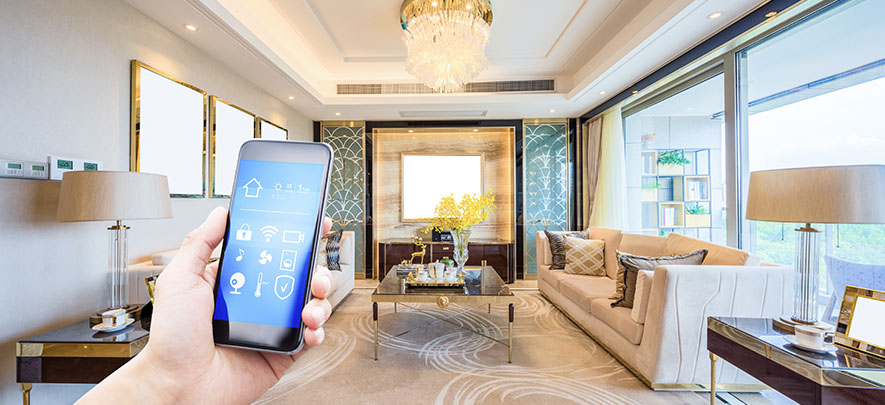Smart home trends

Retail
268 week ago — 4 min read
Background: Where is the smart home market today, and what will it look like in 2020 and beyond? A smart home expert and consultant shares her views.
Just two years ago the smart home marketplace could be compared to the Wild West: A place where everyone was shooting, but not everyone was exactly sure where they were shooting, or why.
Today, it’s evolving and straightening itself out. As it gets harder to compete with Amazon and Google in the smart home arena, product development companies are finding it easier to align themselves with the leaders from the start. Plus, these companies are seeing the benefits of making products easier for consumers to set up, to sync with other systems and to help solve problems.
Here, customer experience is paramount. And I think we’re going to see the continued pursuit of more elegant solutions for consumers and more refinement in existing products.
As it gets harder to compete with Amazon and Google in the smart home arena, product development companies find it easier to align with the leaders from the start. Companies are making products that are easy to set up, sync with other systems and solve problems.
The global smart home market is forecast to grow to $53.45 billion (U.S.) by 2022, according to Statista, a leading provider of market and consumer data. They project the total installed base of Internet of Things-connected devices to reach 75.44 billion worldwide by 2025, a fivefold increase in just 10 years.
Also read: Home and housewares consumer buying trends
Household penetration rates are currently highest in the United States, Norway, the Netherlands, Denmark and Sweden, says Statista. Product categories with the highest market share are video entertainment, smart speakers and home security or monitoring devices, according to IDC Worldwide. As we look to the future, look for smart home devices to become smaller, cheaper and smarter.
Some of the other top trends to watch are:
Artificial Intelligence
This is where products are moving from just being ‘smart’ to actually being ‘intelligent’ and learning as they go along. Think of a toaster that has a sensor that automatically knows you’ve put in a bagel—without you telling it—and toasts it at the right temperature and for the right length of time.
Cross compatibility
One of the early lessons in smart home is that consumers ‘don’t want to get painted into a corner’ with every single smart product they own. Look for more sellers to make it easier for products to talk to each other and work across different operating systems.
Home health
Carley’s excited about the many products coming to market to help consumers improve health and well-being for themselves and their loved ones at home. These include products to help improve air quality and water quality, and many items related to babies, kids and pets.
Voice control
The ubiquity and popularity of voice-controlled products is only going to grow. It democratizes the home so that you no longer need a phone or computer to talk to your devices…even grandma can turn off the lights or lock the doors.
Bathrooms
They’re pretty much the last room in the house to get some attention in the smart home world. But look for smart lighting solutions, mirrors (that might even share today’s weather!) and bathtubs that autofill so they never overflow.
Also read: Housewares trends to watch out for
Image source: shutterstock.com
Article by Carley Knobloch in STOrai Magazine. Carley Knobloch is a smart home expert and consultant. Carley’s digital lifestyle blog can be found at carleyk.com
Disclaimer: The views and opinions expressed in this article are those of the author and do not necessarily reflect the views, official policy or position of GlobalLinker.
View STOrai 's profile
Other articles written by STOrai Magazine
The Art & Science of People Pleasing in Retail
13 week ago
Most read this week













Comments
Share this content
Please login or Register to join the discussion